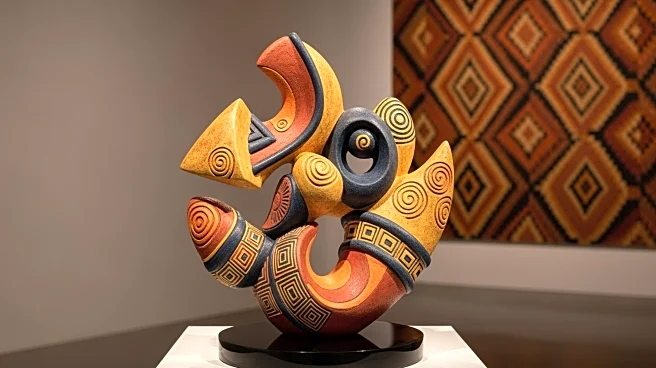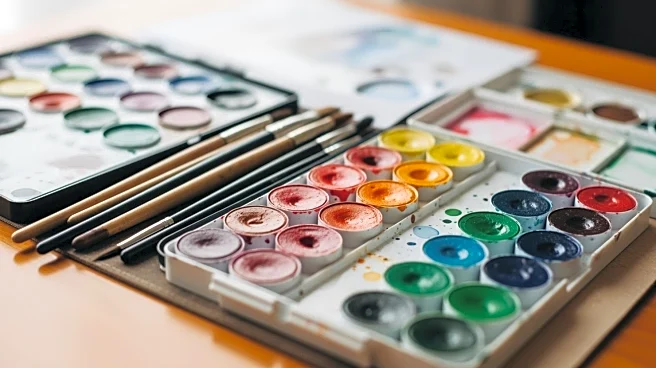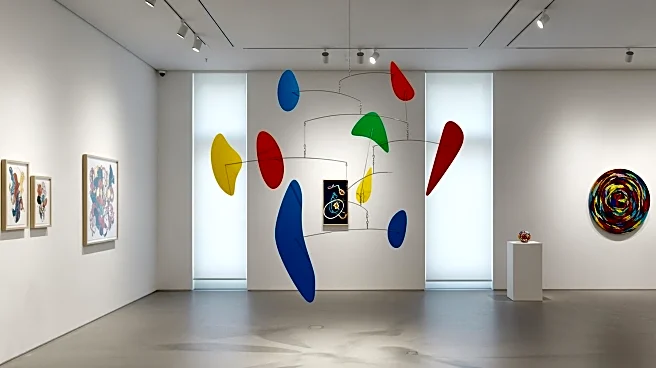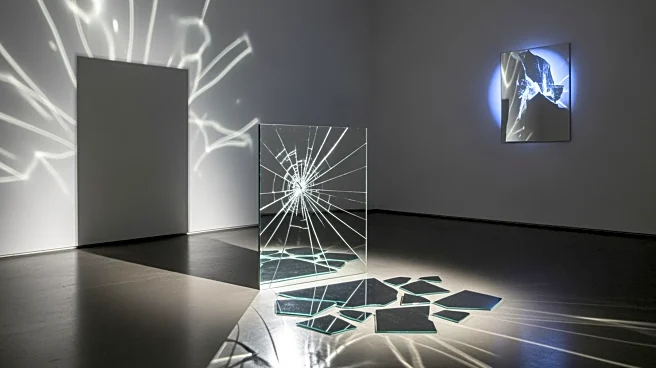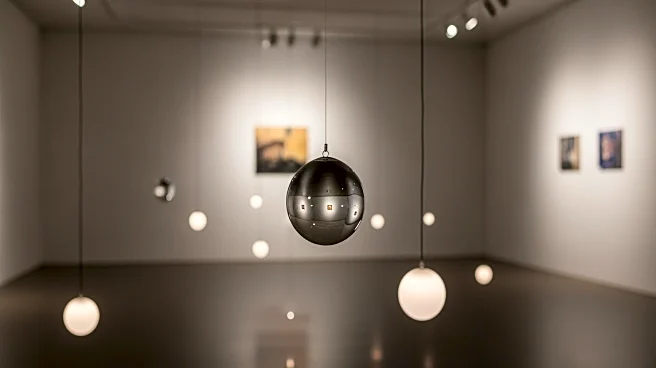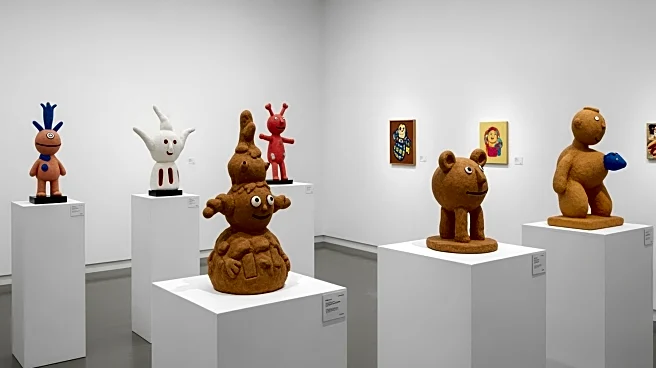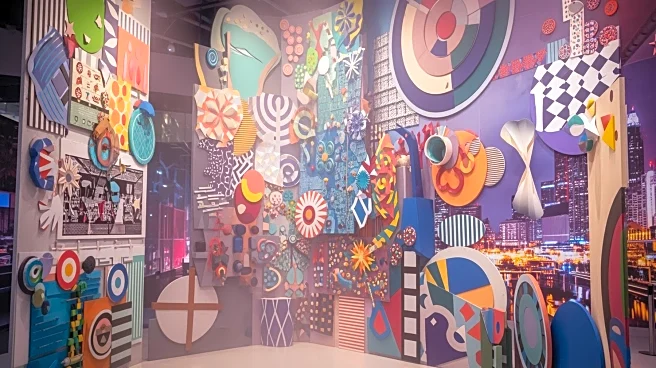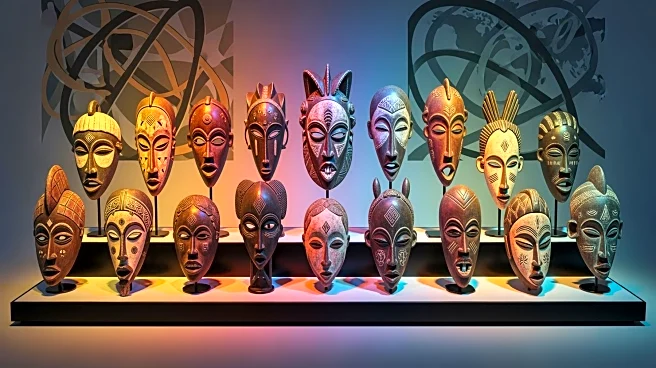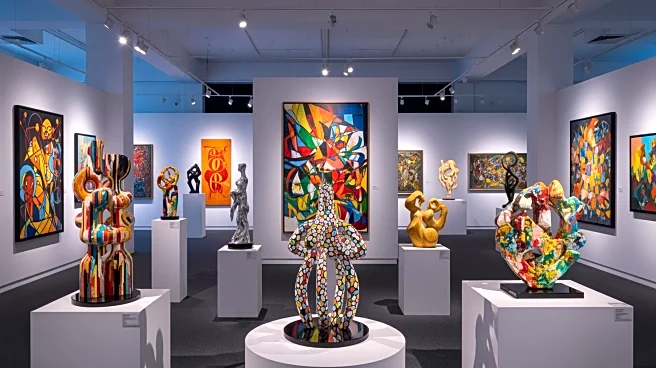What's Happening?
The Tate in London has launched a significant exhibition titled 'Nigerian Modernism,' showcasing the works of over 50 artists who played pivotal roles in the development of modern art in Nigeria during
the mid-20th century. This exhibition highlights the vibrant and innovative styles that emerged in Nigeria as the country transitioned from British colonial rule to independence. Key figures such as Aina Onabolu, Ben Enwonwu, Uche Okeke, and Demas Nwoko are featured, representing a period of artistic exploration and expression of a new national identity. The exhibition is part of a broader recognition of Nigerian modern art, which has gained increased attention and appreciation internationally in recent years.
Why It's Important?
The exhibition at the Tate underscores the growing global recognition of Nigerian modern art, which has historically been underappreciated outside of Africa. This increased visibility not only honors the contributions of Nigerian artists to the global art scene but also challenges previous dismissals of their work as derivative of European styles. The exhibition provides a platform for these artists to be celebrated for their unique contributions to modern art, reflecting the cultural and political shifts of their time. This recognition can lead to greater appreciation and understanding of African art and its influence on global art movements, potentially opening doors for contemporary African artists.
What's Next?
The exhibition is likely to spark further interest in Nigerian modern art, encouraging more exhibitions and scholarly research on the subject. It may also inspire other institutions to explore and showcase African art, contributing to a more inclusive and diverse representation in the art world. As interest grows, there could be increased opportunities for collaboration between African and international artists and institutions, fostering a richer global art dialogue.
Beyond the Headlines
The exhibition also highlights the role of art in postcolonial identity formation, as Nigerian artists used their work to navigate and express the complexities of a newly independent nation. This aspect of the exhibition invites viewers to consider the broader implications of art as a tool for cultural and political expression, particularly in postcolonial contexts. It also raises questions about the ongoing impact of colonial histories on contemporary art and cultural narratives.
